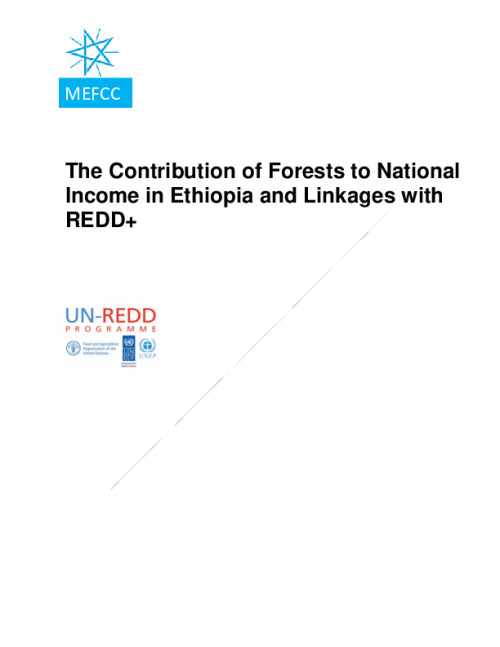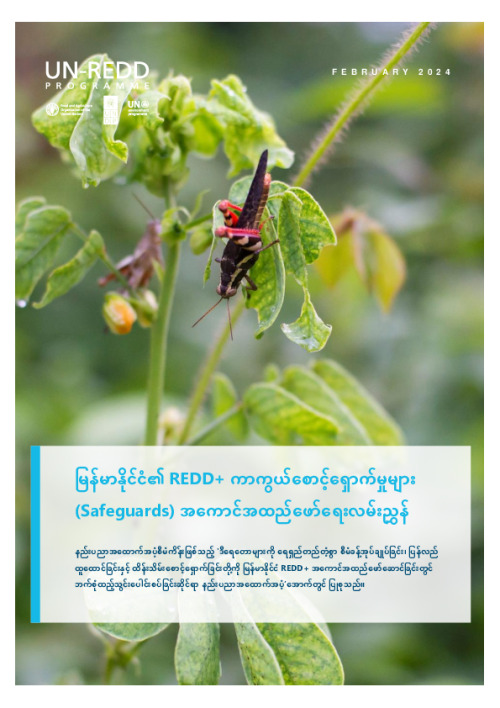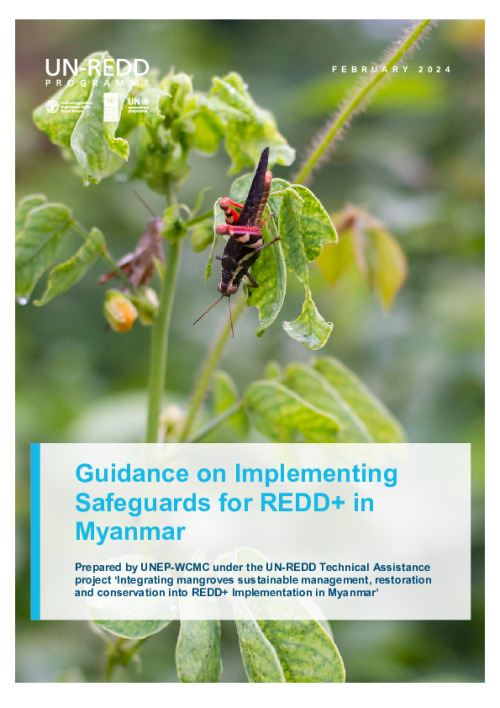The Contribution of Forests to National Income in Ethiopia and Linkages with REDD+ (final draft)

Please note this is uploaded with access restrictions (for agency use only)
The primary objective of the project was to establish the contribution of Ethiopian forests to national income3 (GDP) by assessing the following.
- Value added of the forestry sector: The annual contribution of the production of forest ecosystem goods and services to GDP attributed to the forestry industry in the Ethiopian System of National Accounts (ESNA).
- Contribution of forest ecosystems to other sectors: The annual contribution of the production of forest ecosystem goods and services to GDP attributed to other industries in the ESNA (for example, the contribution of forest-based insect pollinators to the value added of the agriculture industry or the contribution of protected areas to the tourism industry).
- Non-market benefits: the annual contribution of forest ecosystems to non-market income in Ethiopia (which is conceptually beyond the scope of national accounting and therefore not included in GDP).
The contribution of forest ecosystems to national income is seen as a vital element of the case for forest conservation in Ethiopia. Prior to this study, no full assessment of the income derived from forest-derived goods and services had been undertaken in the forestry sector or other sectors. The only figure available had been the official ESNA estimate (MOFEC, 2015) of the contribution of the forestry industry to GDP (3.8% in 2012-13). By assessing the full contribution of forests to market and non-market income, a more complete picture of their economic importance emerges.
Download the resource
Size: (2.375 MB)


